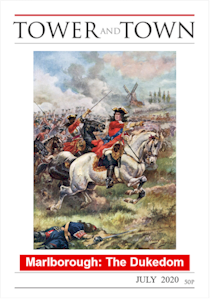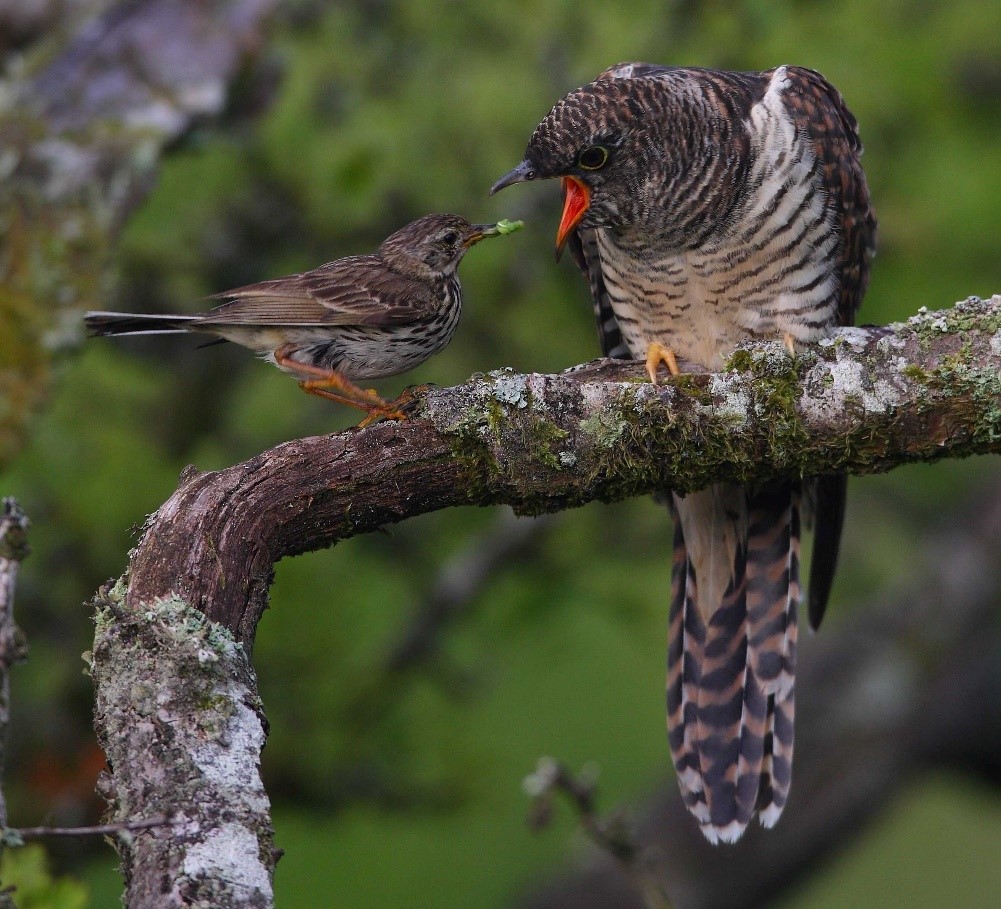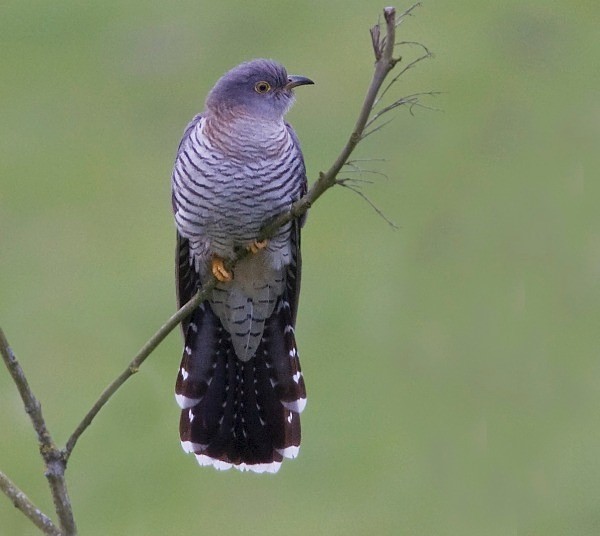

Tower and Town, July 2020 (view the full edition) (view the full edition)CuckoosNot a fan of social media, I am a member of just two WhatsApp groups: the immediate family and "Kennet", a trio of fishermen bound by a common passion for rivers and their wildlife. Almost daily, we communicate sightings including mayflies, water voles, kingfishers and otters. In the first week of June, two of us set off to see, rather than just hear, the elusive cuckoo. On a cool, windy afternoon, we managed just a tantalising glimpse of a bird that might have been a cuckoo. My friend returned the next evening and the "Yes!!!" which pinged in on my mobile phone encapsulated his delight at spotting his first cuckoo just east of Axford. While males call "cuckoo, cuckoo" to command territories and attract mates, the females stake out potential host species in whose nests they will deposit an egg. Given the inaccessibility of some of these nests, debate raged for many years as to how this task was accomplished so rapidly, usually in a matter of seconds. One widely-accepted theory was that the female laid her eggs on the ground and then swallowed them before regurgitating them into the host nest. Finally filmed in the 1920's by Edgar Chance, the secret to rapid egg-laying lies in the remarkably extrusive cloaca which literally squirts the egg into the nest. Chance discovered that cuckoos lay eggs every second day, the seasonal record being 25, with the provision of additional artificial nests beside occupied ones. Edward Jenner, of smallpox vaccination fame, was the first to document the newly-hatched cuckoo chick's ability to eject the foster parents' eggs and young from the nest, using a special hollow developed in the middle of its back. In Britain, about fifty species can act as hosts but the commonest are reed and sedge warblers, meadow pipits, robins, pied wagtails and dunnocks. Different cuckoo populations, referred to as "gentes", target particular species, producing eggs that closely mimic those of the host. In July, the adult cuckoos return to warmer latitudes leaving their offspring to terminate their tenancies and find their own way south across the Sahara. For further information I would recommend Nick Davies's marvellous book, "Cuckoo: Cheating by Nature".   Seán Dempster |